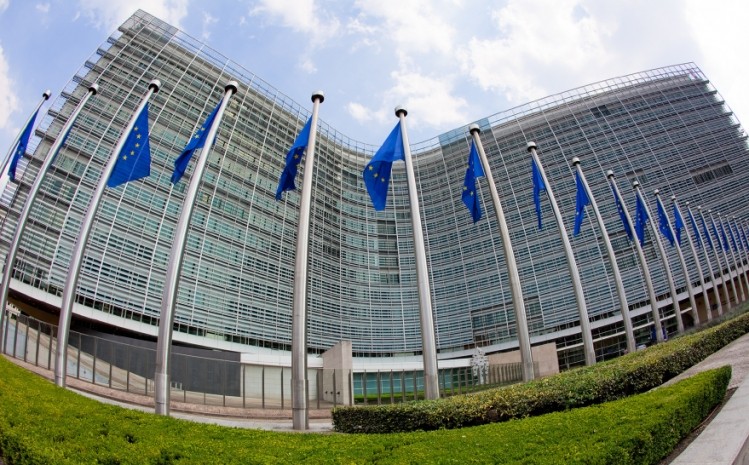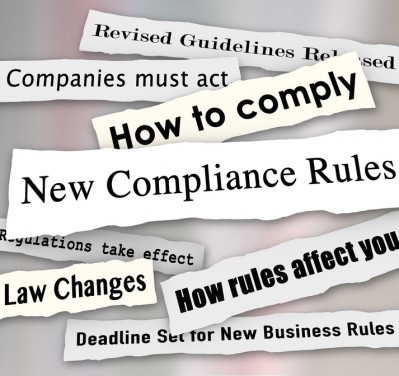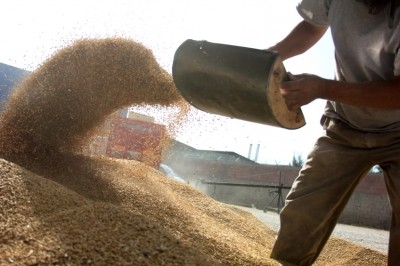Special Edition: Global Feed Regulation
Stalemate ended as GM crop imports for food and feed get EU hearing date

Applications for the five soybean varieties, the three GM maize, the two oilseed rape and the three biotech cotton traits, which had gone through the EFSA scientific assessment and EU risk management process, are now expected to be sanctioned in one batch on 22 April – the same day a review of the EU GMO authorization process is reportedly taking place.
FEFAC, along with EU cereals and oilseed trade groups, COCERAL and FEDIOL, had long argued the ‘de facto’ moratorium on GM crop import approvals was putting at risk entire shipments of agriculture commodities for food and feed.
Ruud Tijssens, president of the EU Feed Manufacturers’ Federation, FEFAC, told us
“We are pleased the approval process looks like it is finally getting underway. However, we believe any attempt to give EU member states greater control in the decision making around future GM crop import approvals, allowing them block or authorize certain traits, as has been reportedly put forward, is highly dangerous.
It would see EU business operators bearing massive extra costs. There are only a few ports in Europe for receiving agricultural commodity shipments and as these, in the main, arrive in bulk the costs involved in segregating crops as per individual member state import requirements would be prohibitive.
Feed companies that operate across borders or small feed firms located near frontiers, doing business in several markets, would be severely challenged in such a scenario, particularly as they have been focused on optimizing production through ensuring more streamlined manufacture and logistics.”
Trust between parties
The trade group has also been following the ongoing discussions at EU Council level regarding the amendment of EU legislation on Official Food and Feed Controls following the Food and Veterinary Office’s identification of weaknesses in its enforcement in relation to the efficiency of controls, their risk orientation and the funding.
The aim of the legislative review is to ensure the rules are based on actual rather than perceived risk, as well as securing the compliance of operators with feed safety requirements, greater transparency in how controls are carried out and full-costs recovery through fees charged to operators.
“We want to ensure that the recasting enables greater trust between the industry and authorities in relation to risk management and we believe HACCP based safety evaluations carried out by companies themselves should be given greater acknowledgement,” said Tijssens.
He said the impact of self-regulation efforts of the feed industry can best be illustrated by the fact that almost 50% of all feed-related RASFF notifications, excluding pet food, result from feed producers’ own system checks.
“In order to promote better cooperation with industry, we would like to see a reward scheme for feed companies with a proven track record in feed safety such as a reduction of control frequency and related costs, which would be in the interest of the operators, authorities, consumers and tax payers alike,” added Tijssens.
The FEFAC president said that the revised rules should also recognize a feed producer’s membership of assurance schemes that are certified and audited by independent and accredited standards bodies as another benchmark for a decrease in the level of inspection required.
Risk perception
But perceived risk and approaches to feed safety management varies depending on the market in question, stressed Tijssens.
“While the one step back and one step forward approach to traceability in the feed chain is common in EU member states, there is a lack of consistency in the way it is applied. There is huge discrepancy also in the level of responsibility assumed by individual feed companies in the various markets in relation to carrying out their own checks and balances.
In that context we are looking at building capacity in all member states while ensuring wide dissemination of risk management guidance.
Reducing risk in the feed and food supply chain is all about alerting the authorities at the earliest stage possible. Markets where effective cooperation between authorities and industry already exists, such as in Belgium, can be used as models for best practice in this regard,” he said.
As of now though, he said, policymakers at EU Council level are preoccupied with trying to gain consensus on the establishment of a fee-based founding system to improve official controls efficiency.
Full harmonization is unlikely to be achieved in that regard, said FEFAC, and it may be left to member states to decide to charge fees or not.
Medicated feed production controls
The trade group has also been keeping a watching brief on the recasting of the medicated feed directive.
Tijssens says if the fundamental principle of the new measures is to ensure a ban on medicated feed being used preventively, then the legislation must ensure there is a level playing field for all medicated feed production routes.
“Some member states are calling for less stringent inspection of the on-farm mixing, but producing medicated feed triggers risk and the same control measures should be applied to that production regardless of whether the location is a feed mill or a farm setting,” said the FEFAC president.
In Austria, there is no single feed mill approved for medicated feed production but there are 4,000 farms authorized to do so. In France, two out of three feed mills have permission to manufacture medicated feed. In Germany, there has been a complete migration away from such production due to stringent requirements put in place in that market.
The trade group said all routes for oral administration of veterinary medicinal products (VMP) have their strengths and weaknesses and it should be up to the vet to decide which mode is the most appropriate.
“In any case, all options should be subject to a clear, harmonized legal framework, and then it is down to the willingness of the operators in a given market to produce medicated feed based on local demand,” said the trade group.
Producing medicated feed is a service to farmers, said FEFAC, with it saying the handling of VMPs in a feed mill requires specific, demanding procedures for the manufacturer, and that “producing medicated feed is not an objective at all for compound feed manufacturers.”
The lobby group also said the feed sector has been at the forefront of developing innovative approaches to better boost gut health, thereby contributing to the antibiotic reduction drive in livestock and companion animals along the principle ‘as little as possible, as much as necessary’, while respecting the animal’s right to proper medication.
Adoption timeframe
The medicated feed directive is part of a package that includes the revision of the legal framework around veterinary medicine products.
Arnaud Bouxin, deputy secretary general of FEFAC, told us adoption of that veterinary medicine proposal now looks to be highly unlikely before the end of 2017 with this factor potentially also delaying developments on the feed side.
“If the medicated feed proposal is reviewed as a standalone piece of legislation, we are optimistic it can be finalized by the end of this year. But if legislators don’t manage to separate the two proposals then adoption of those new feed rules could be held up for the next two to three years,” he said.










